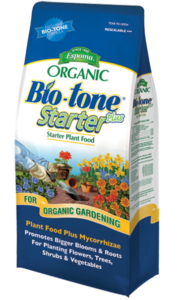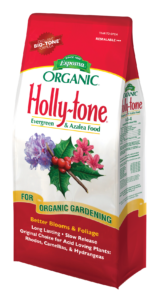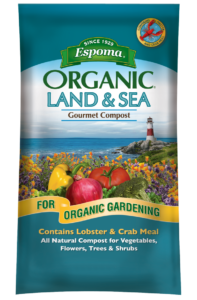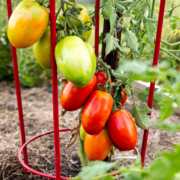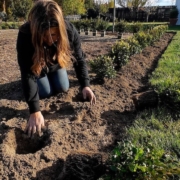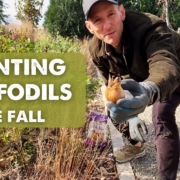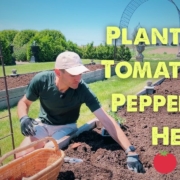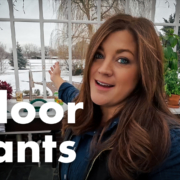VIDEO: Planting A Shade Garden 🌿 with Wyse Guide
Whether you’re working with dry shade or full sun, Kaleb Wyse of Wyse Guide proves that every pocket of your garden can thrive with the right planning—and a little help from Espoma Organic.
In his latest video, Kaleb brings us along as he refreshes his shade beds and layers in new perennials in full-sun areas, showing how he builds textured, healthy spaces across his Iowa homestead. He’s not just planting—he’s feeding the soil and supporting every root with care.
Kaleb’s shade garden is a great example of adapting to conditions. Not all shade is the same—some spots, often under large trees, are dry shade, where roots compete for moisture and soil drains quickly. Other shady areas, like low spots or places near downspouts, hold more water, creating wet shade. Kaleb’s property has dry shade under mature maple and crabapple trees, so he selects plants that can handle lower moisture while still brightening dim areas.
To get his new additions off to the best start, Kaleb relies on Espoma Organic Bio-tone Starter Plus, his go-to for all new plantings. For hostas and other acid-loving favorites, Espoma Organic Holly-tone is also in his toolkit, enriching the soil with just the right nutrients for long-term success.
🌿 Kaleb’s Top Tips for Planting Success
1) Water Before You Plant
Always begin with a well-watered root ball so plants adjust quickly and absorb water efficiently post-planting.
2) Use a high-quality organic Starter Fertilizer
“It’s like planting insurance!” Kaleb says. He sprinkles Espoma Organic Bio-tone Starter Plus in every hole to encourage strong root development and minimize transplant shock.
3) Only Disturb Roots When Necessary
If roots aren’t bound tightly, skip scarification. Gentle handling helps reduce stress.
4) Embrace Compost—Even Last Year’s Leaves
Kaleb layers homemade compost—or a high-quality mix like Espoma Organic Land & Sea Gourmet Compost, a rich blend of natural ingredients enhanced with lobster and crab shells—right over last year’s fallen leaves. This creates a living mulch that enriches the soil naturally and builds long-term garden health.
5) Group Plants in Odd Numbers
Repeating clusters of five or seven create harmony and visual rhythm, especially in larger beds.
6) Prioritize Soil Coverage
From epimedium to hosta to Agastache, Kaleb aims for dense plantings that naturally suppress weeds and conserve moisture.
Ready to Grow Like Kaleb?
If Kaleb’s video inspires one thing, it’s that soil health is at the heart of every thriving garden. Whether your shade is dry or wet—or your planting area is in full sun—start with rich compost, thoughtful watering, and organic support from Espoma, and your plants will thank you season after season.
Let’s get growing—whether you’re filling a shady nook or bringing a sunlit border to life.
*****
Learn More about Wyse Guide:
🪴 YouTube
Featured Products:

